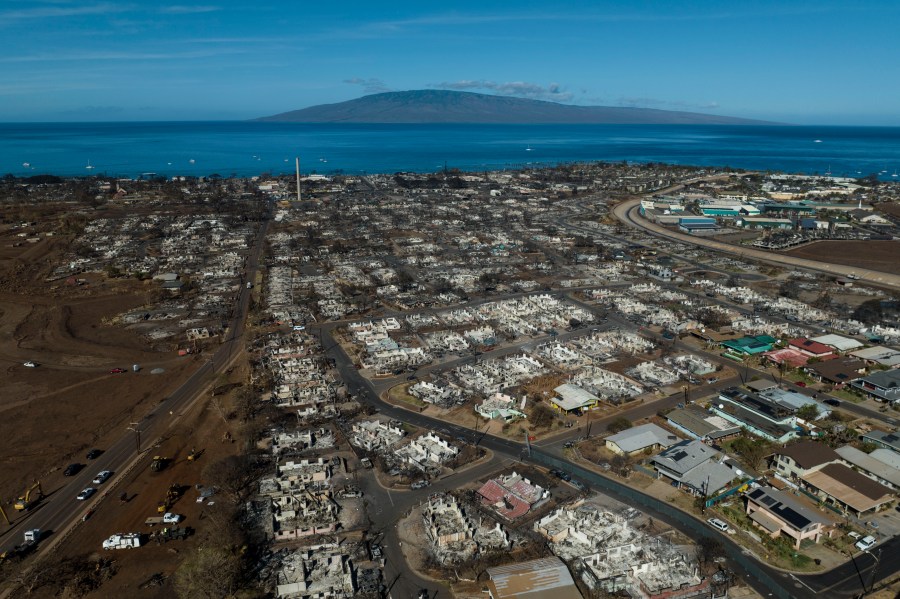LAHAINA, Maui (KHON2) — As the two-year anniversary of the deadly Maui wildfires nears, a four billion dollar global settlement in principle is still pending in court.
The statute of limitations appears headed toward an extension. And many of their insurers, who fronted the funds to cover property-related claims, are still grappling with how to recoup portions of money paid by the defendants.
August 8 will be a somber day — the two-year anniversary of the Maui wildfires that destroyed properties in many areas of the Valley Isle and turned deadly across Lahaina.
It’s also the scheduled day for a 9 a.m. status conference in a Maui courtroom on the still-pending multibillion-dollar settlement meant to resolve any and all claims.
“I wouldn’t say we’re not in the home stretch. I think part of everyone agrees to the parameters of the agreement. But I think what they want to make sure is that all the moving parts have been addressed,” said Randal Lee, legal analyst.
A flurry of recent filings shows some considerable 9th-inning issues, including what appears to be an agreement by Plaintiffs and the Non-State Defendants for what’s called “tolling the Statute of Limitations” — in layman’s terms, extending the option for more individual plaintiffs to file and settle. The deadline would otherwise have been this Friday — two years past the fire.
“Basically, what they’re saying is, anybody who relied on the promise of the agreement or settlement and as a result, didn’t file a lawsuit, well, by all means, you got until August 8 of 2026, to file your lawsuit,” Lee added.
There are still key Fall 2025 deadlines for formalizing a spot on the plaintiff list. Non-state defendants include Hawaiian Electric, Maui County, Kamehameha Schools, West Maui Land Company, Charter/Spectrum and Hawaiian Telcom.
“I don’t know if it was something preemptive that they anticipate there’s a problem with the settlement,” said Lee. “The net effect would be that perhaps they’re trying to force the settlement to go through.”
As for payouts, some money is already disbursed from the “One Ohana” fund intended to compensate families of the deceased or those severely injured, and the state’s portion of the settlement is already funded.
The Governor told KHON2 last week: “We did settle the lawsuit so that the resources, $4 billion, is now going to the people that lost so much. Plus $1.6 billion has been committed and is coming from the federal government. So those are hundreds of thousands of dollars to help people rebuild homes.”
Plaintiff attorneys tell us the bulk of the $4 billion is still pending payout, but they are pushing for that to occur by the earliest December of this year or the first quarter of next year.
Check out more news from around Hawaii
We also wanted to know how the statute of limitations extension could affect the share of the payout to each plaintiff.
“Obviously, that’s the concern, because if you have more people in the class, then the pie is divided even more,” Lee said.
Other recent filings cover subrogation — ongoing disagreements about how insurers will recoup money they paid their customers.
In February, the state supreme court ruled that insurers could not block the settlement but could request the money paid out to be reimbursed. One of the state’s largest insurers filed last week a notice of “lien letters” provided to their insured, with the contents under seal.
“They’re just following what the normal course is. But from the general public, they see a disaster like this, and they kind of think, well, insurance companies are trying to take the money away from the victims, and, you know, so maybe that’s why it’s probably under seal,” said Lee.
An attorney for the insurers tells KHON, “This is the first time in Hawaii’s history that property insurers will have to undertake a lien resolution process involving policyholders.”
KHON will continue to follow up after this week’s status conference and other key milestones in the global settlement outcome.
